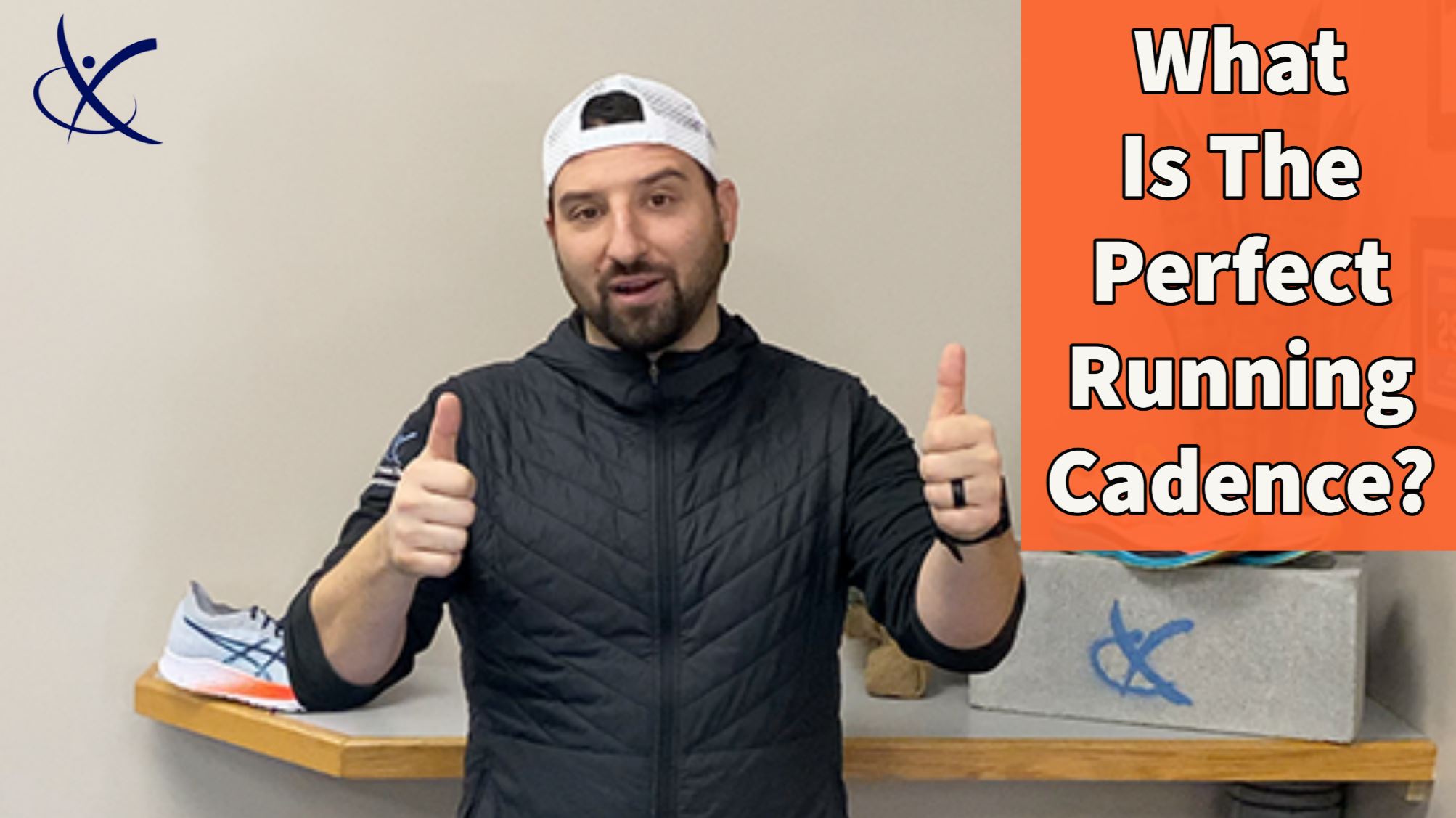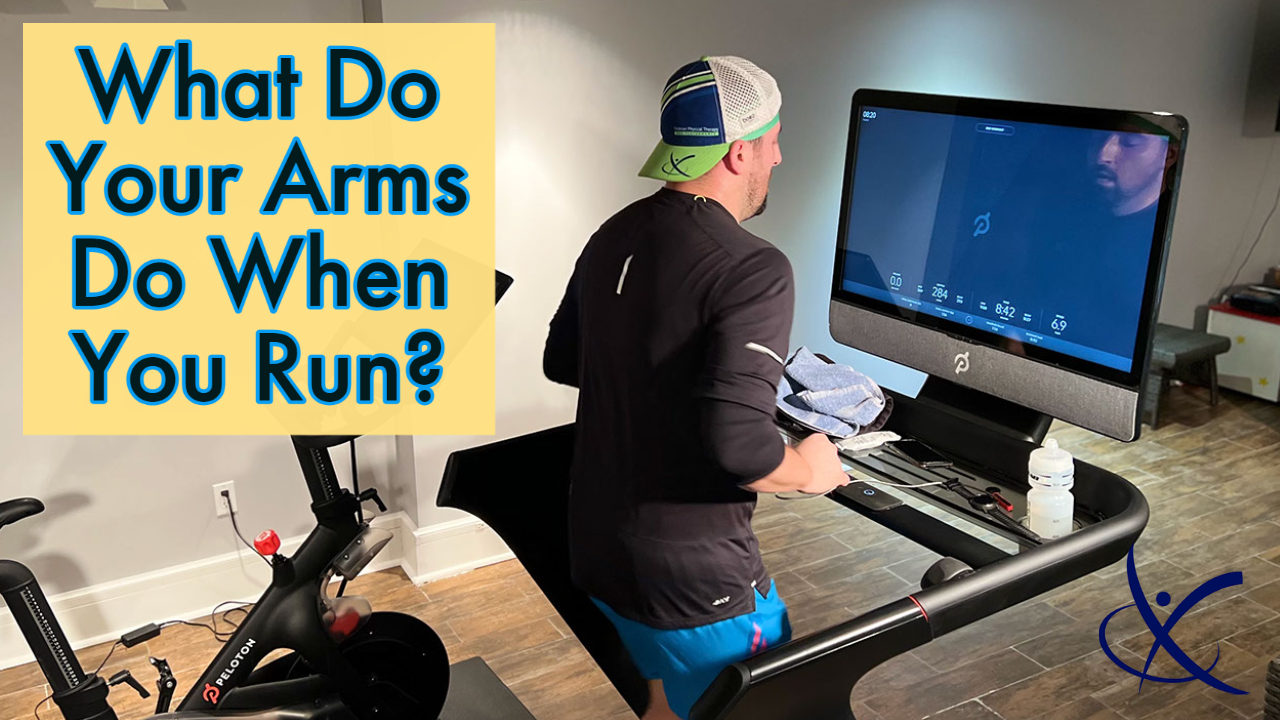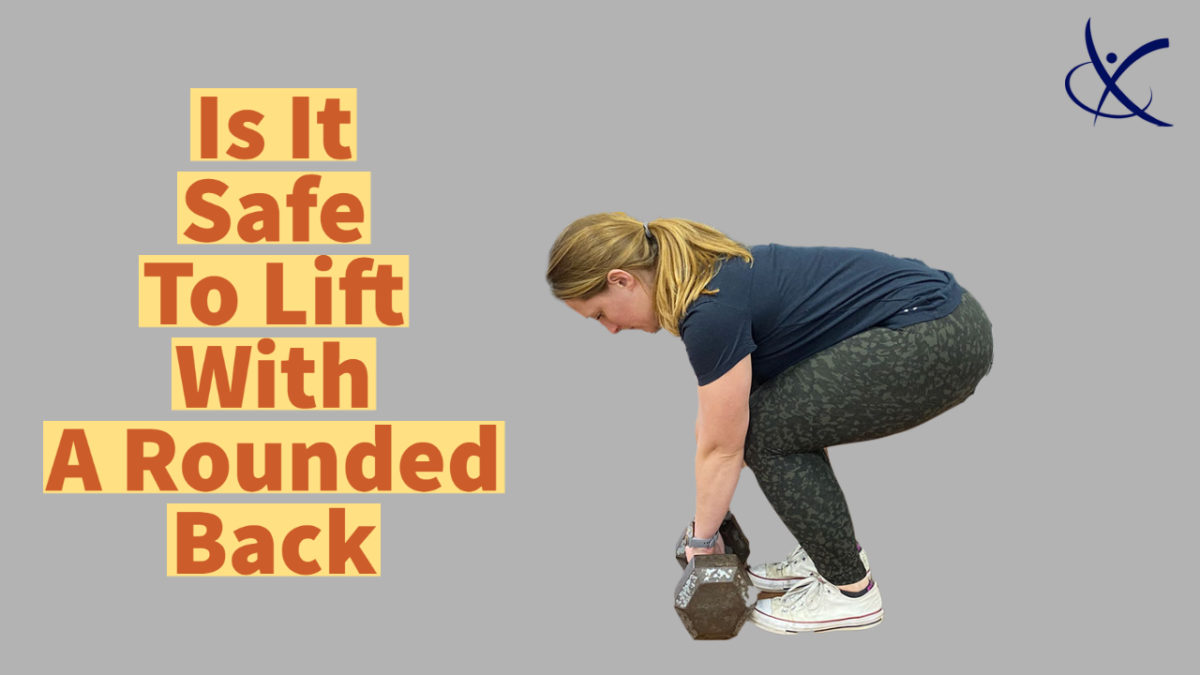
What Is the Perfect Running Cadence?
January 16, 2022
Why do you need your arms for running?
January 30, 2022Does Lifting with a Rounde Spine Increase Your Risk for Back Pain?
Yes, no, maybe so?
During a simple internet search, it seems that even Dr. Google is confused by this question.
Some information sources say yes, some say no. For decades, healthcare and fitness professionals have stressed lifting with a neutral spine.
Why? It was once thought that a flexed position while lifting left your back vulnerable to injury. That is why it has become common practice to discourage lifting with a rounded back. (I’m sure you’ve sat through a few “work safety courses’ ‘ encouraging this. I know I sure have.)
The truth… current research gives us insight that this old adage might be a farse.
Recently, I took up some light reading on lifting postures and back pain. What did I find?
There is minimal correlation between lumbar flexion and increased lower back pain. That means, lifting with a rounded back does not increase your likelihood of lower back pain!
If anything, it was actually found that lifting in a flexed lumbar position:
- Helps to increase lower back extensor strength more than neutral spinal positions.
- Decreases stress on the paraspinal musculature.
- Improves neuromuscular efficiency.
So, what does this mean?
Well, for starters, we can all stop cringing in the gym now. Lifting with a rounded back may actually increase your ability to lift heavier things more efficiently.
But, I do have a disclaimer!
Many of these research studies included pain-free individuals. That means, the individuals studied never experienced back pain.
My thoughts? If you find lifting more tolerable with a neutral spine, go for it. It’s not wrong! Heck, I still lift this way.
However, please do not believe that lifting with a neutral spine position is the key to staying pain-free.
Over time, I do recommend integrating or re-integrating loaded and flexed spinal positions. As with any activity, you must help your body build the capacity to tolerate what you’re asking it to do. This will take time, effort, and patience. If allowing your spine to bend doesn’t feel good the first time, don’t give up! Remember, ” If at first you don’t succeed, try, try again.” -Zen Cho
I always stress the importance of exploring movement with my clients. Why? Our bodies gain resiliency when moving through their available ranges of motion. Movement builds strength, and strength prevents breakdown.
So, start exploring flexed spine positions, and please do not become fearful of them! You’re not going to herniate a disc or compress a nerve simply by doing so.
I hope you learned something today!
Happy lifting!
Cheers,
Ashley





